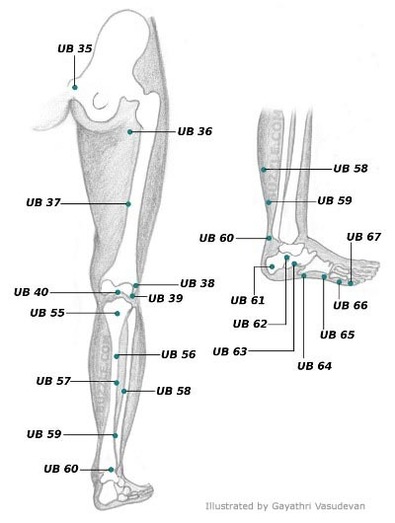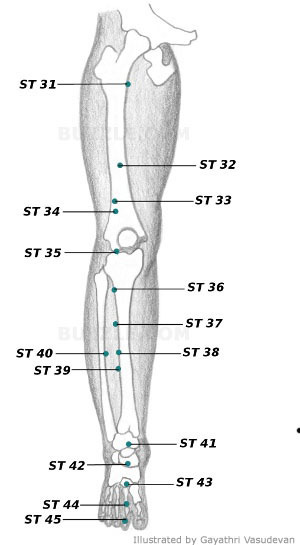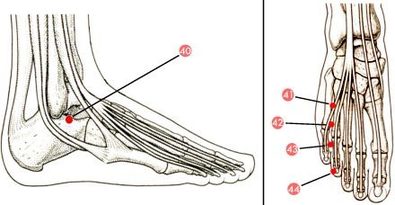Are We Rehabbing the wrong system?
I have recently run across some research that has changed the way we look at some of the rehab we do, especially proprioceptive rehab. Perhaps it will do the same for you.

Posted in: afferentsbiomechanicscirculardiameterdry needlingexercisegaitinstabilityintramuscularintramuscular therapylarge diameter afferentsmusclemusclesneedleneedlingneurologyproprioceptionproprioceptiverehabsacculesemisemicircularsensationsensorystabilizerstimulationsystemtestingtpdnutriclevestibular
Are we rehabbing the right system?
I have recently run across some research that has changed the way we look at some of the rehab I do, especially proprioceptive rehab. Perhaps it will do the same for you. We already know that needling can effect balance and proprioception, from some of the articles I have written here, here and here.

Posted in: afferentsbalancecervical instabilitychangesdiameterdry needlingdysfunctioninstabilitylarge diameter afferentslumbarlumbar instabilitymuscleneedlingproprioceptionproprioceptivequadratus lumborumsensationsensoryspinal instabilitysternocleidomastoidsystemtpdnvestibular
Those Multifidi....
The multifidi are important proprioceptive sentinels for the low back, as well as the rest of the body, for virtually every activity you do weight bearing, including gait. They are implicated in many instances of low back pain, especially folks with flexion or extension intolerance, since their fiber orientation and thus mechanical advantage . . .
Posted in: backinstabilitylbpliftlowlow back painmultifidusmultifidus lift testneedlingtesttpdntrigger point dry needling instruction
Acupuncture, Dry Needling and Ankle Instability
Acupuncture/Dry Needling and Proprioception. A Winning combination.
What a great combination of therapies for folks with chronic ankle instability, or almost any injury for that matter! Taking 2 modalities that emphasize afferent input from the peripheral mechanoreceptor system, which has such a large influence on the cerebellum as well . . .
3 Points for Ankle Instability..
Not EXACTLY trigger point dry needling, but a form of needling nonetheless



In this study (1) they stimulated 3 points: ST41, BL60 and GB40. Take a look at their locations (above). ST41 (2) is at the base of the long extensor tendons; gee, we never emphasize long extensor function, do we? GB 40 is at the lateral malleolus between the peroneus longus/brevis and peroneus tertius; how important are . . .
The Glutes, part 1
Beautiful Glutes! Part 1
Place your hands on your buttocks and stand up from a seated position. Did you feel them fire? Now walk with your hands in your back pockets. Do you feel them active at the end of your stride? No? Maybe you should be in rehab. You should!
The glutes have been the fascination of . . .
Posted in: acupuncturedry needlinggaitglutegluteusgluteus maximusgluteus mediusgluteus minimusinstabilitymusclemuscle actionrehabtpdntrigger point dry needling
Needling and Instability
As people who needle, we often emphasize needling the paraspinal muscles associated with the segemental innervation of the peripheral muscle you are needling. For example, you may needle the L2-L4 paraspinals (ie: femoral nerve distribution) along with the quads, or perhaps the C2 PPD’s along with the suboccipitals. We do . . .
Posted in: acupuncturecervicalcervical instabilityclinical examdenervationdry needlingexaminstabilitylumbarlumbar instabilityneedlingneurologyppdspacial summationspinalspinal instabilitysummationtemporaltemporal summationtpdntrigger point dry needling
Cover image credit: http://wallpapershacker.com/skulls_sketches_skeletons_spine_drawings_hd-wallpaper-1015286/
